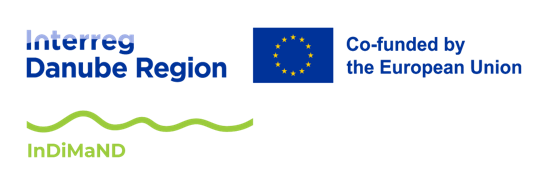InDiMaND Project
The Integrated Disaster Management Network in the Danube Region (InDiMaND) project addresses the increasingly complex and transboundary nature of environmental risks affecting the Danube Region, including floods, wildfires, heatwaves, and droughts.
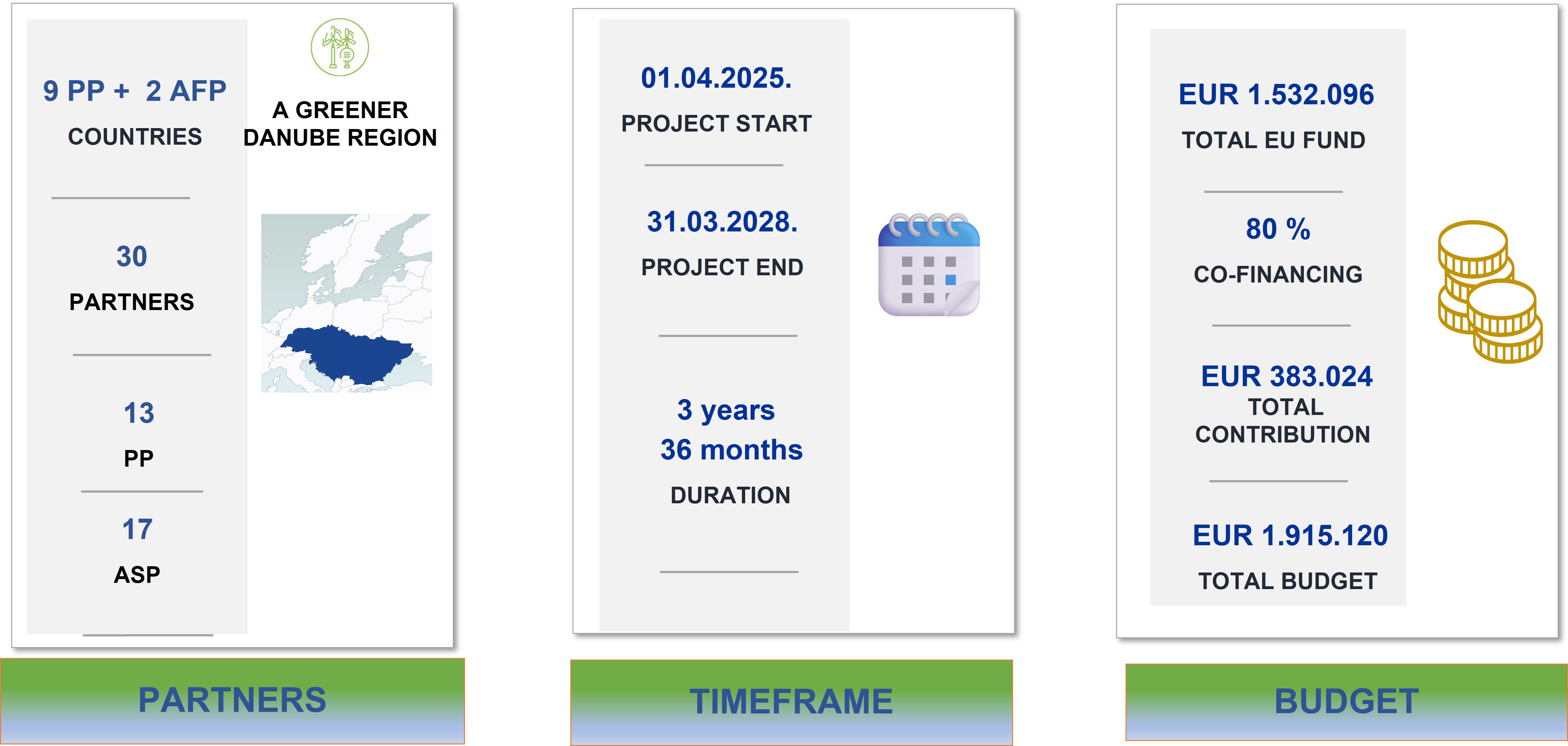
Partnership Composition
The project is led by the Budapest Firefighter Association (Budapesti Tűzoltó Szövetség – BTSZ), a Hungarian umbrella organisation representing volunteer-based rescue and response services with a long-standing international engagement in civil protection cooperation. The partnership brings together a diverse and complementary mix of 13 project partners from 9 countries across the Danube Region, supported by 17 Associated Strategic Partners from additional 2 countries. It includes national and regional authorities responsible for disaster risk management, civil protection and volunteer coordination; academic institutions with expertise in training, research, and innovation in disaster preparedness; volunteer-based and humanitarian organisations with direct operational experience in emergency response; and umbrella bodies and professional networks active in cross-border cooperation. This broad institutional base ensures that both top-down strategic perspectives and bottom-up practical knowledge are represented, enabling the project to address disaster management challenges comprehensively and sustainably across sectors and governance levels.
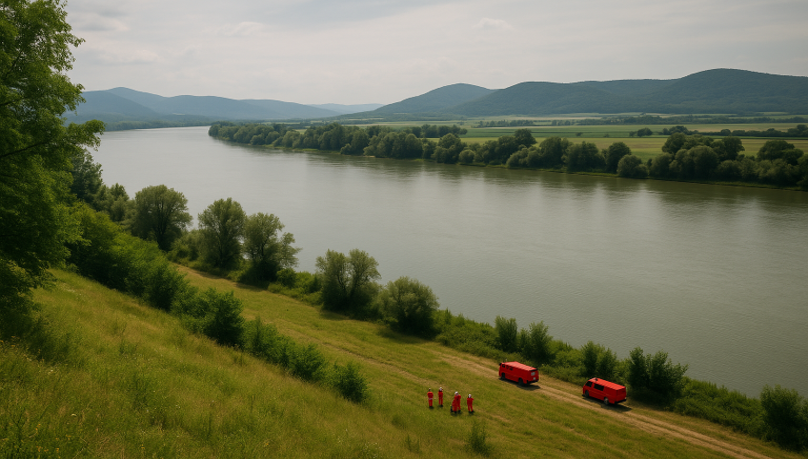
Strategic Context and Objectives
InDiMaND addresses the increasingly complex and transboundary nature of environmental risks affecting the Danube Region, including floods, wildfires, heatwaves, and droughts. The project contributes directly to the implementation of the EU Strategy for the Danube Region (EUSDR), particularly under the Environmental Risks Priority Area (PA5) and its Disaster Management Working Group, by advancing the operationalisation of civil protection cooperation at macro-regional level. It is designed to be complementary to the European Union Civil Protection Mechanism (UCPM), helping to bridge the critical gap between EU-level international deployment frameworks and national or cross-border operational systems. The project aims to establish a transnational, integrated disaster management network that reinforces regional coordination, enhances interoperability, and promotes sustainable volunteer involvement—particularly among youth—by fostering harmonised procedures, testing joint response models, and equipping both institutional actors and civil society with the capacity to respond to emergencies efficiently and collaboratively, thereby building a scalable and resilient framework across the Danube Region.
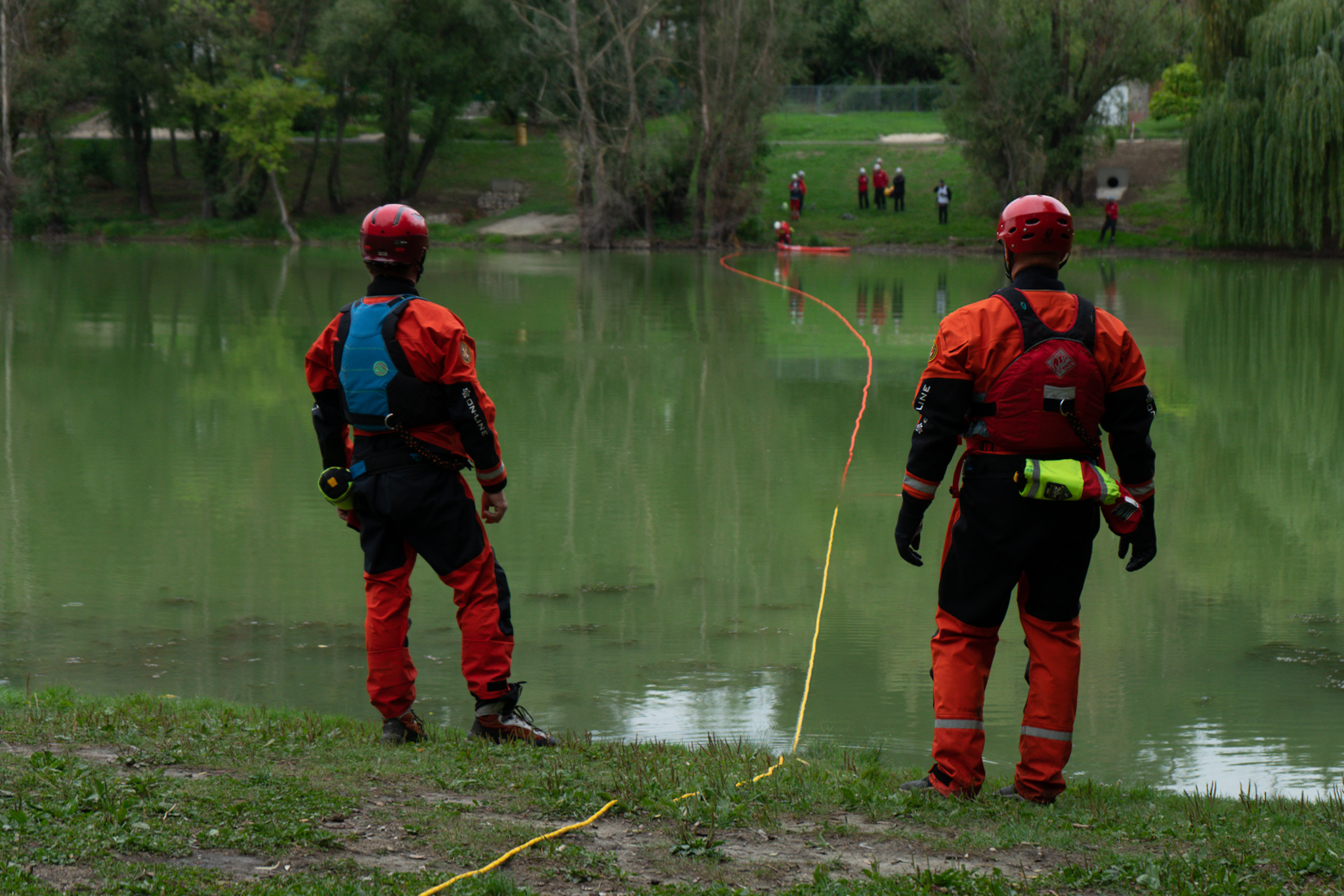
Core Activities and Deliverables
The InDiMaND project is structured around three Specific Objectives (SOs), each supporting a set of activities and deliverables designed to improve disaster preparedness, awareness, and response capabilities across the Danube Region.
Under Specific Objective 1 – Joint development of disaster response models, the project begins with a thorough research study on existing good practices and a stakeholder mapping (A.1.1), followed by the co-development of joint disaster preparedness models through transnational workshops and scenario design (A.1.2). These models are then tested through pilot discussion-based exercises (DBX) in five countries (A.1.3), which inform the development and validation of common Standard Operating Procedures (SOPs) (A.1.4). The final step involves an action plan to support the adoption of these SOPs by relevant disaster management entities across the region (A.1.5).
Under Specific Objective 2 – Raising communities' awareness, the project targets broad engagement of civil society, especially volunteers and youth. It starts with the involvement of stakeholders and volunteers through surveys and national consultations across nine countries (A.2.1), laying the groundwork for a youth-focused volunteer engagement strategy and a comprehensive handbook (A.2.2). These findings are then translated into action through a region-wide awareness-raising campaign, combining digital content, printed materials, and outreach events tailored to national contexts (A.2.3).
Under Specific Objective 3 – Strengthening response capacity, the focus shifts to operational readiness. The project begins by mapping existing national capacities and defining a joint inventory of minimum response requirements (A.3.1). To address training needs, it provides e-learning content development and adaptation, supported by an upgraded knowledge platform and alerting application (A.3.2). A comprehensive training programme follows, including Training of Trainers, local exercises, and small-scale field simulations (A.3.3), all designed to ensure that the SOPs are effectively practiced. Finally, transnational co-creation discussions bring together stakeholders in high-level roundtables to shape shared disaster management visions and policy recommendations (A.3.4).
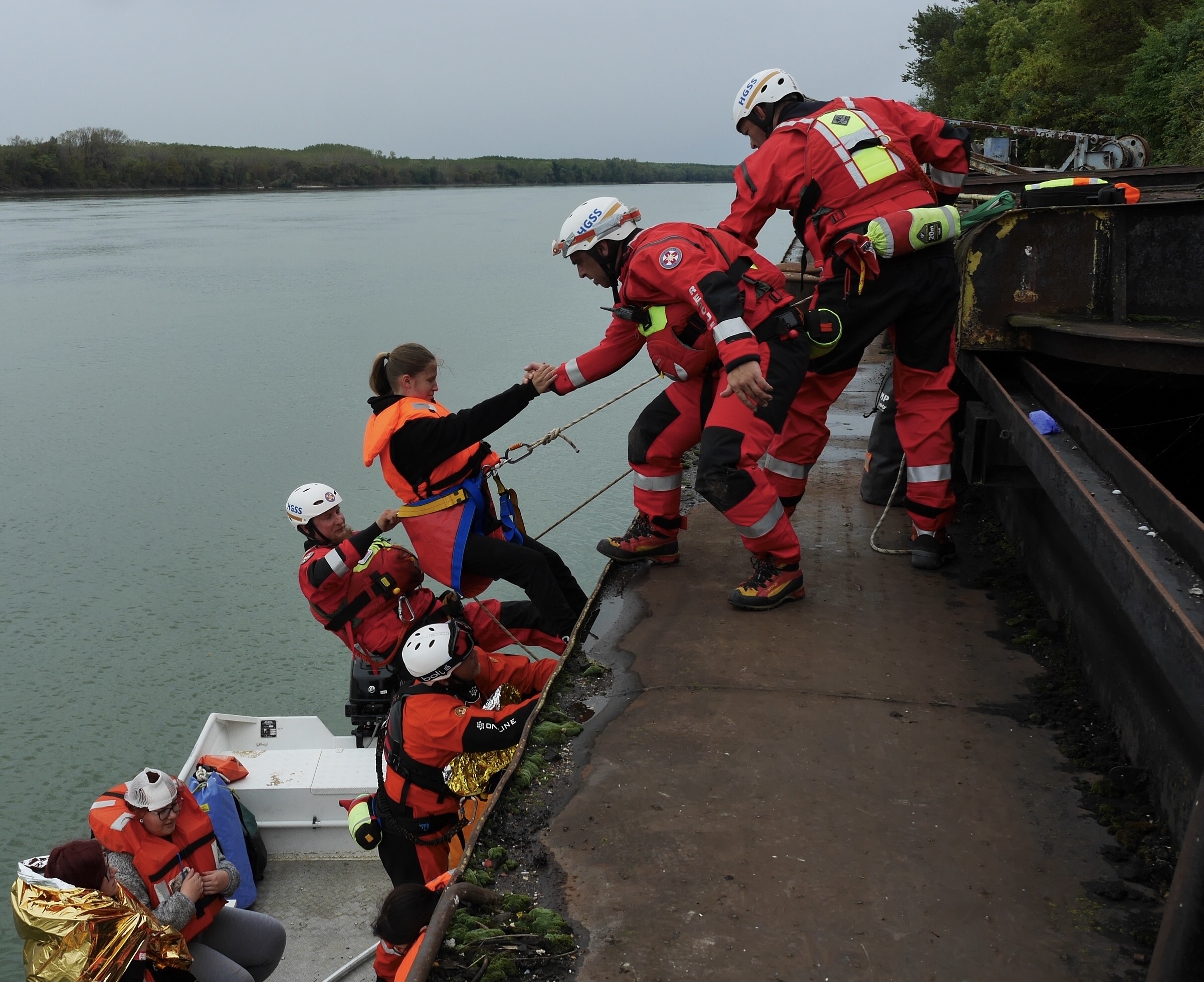
Impact and Expected Results
The InDiMaND project seeks to establish a sustainable and scalable disaster management ecosystem across the Danube Region through the uptake and mainstreaming of newly developed tools and strategies by relevant stakeholders. Its expected results are closely tied to the programme’s result indicators and aim at concrete, measurable improvements in institutional capacities and coordinated disaster response.
News & Events
Read the most recent updates and explore the upcoming events.
Project overview
Start date:
01 April 2025
Status: ongoing
End date:
31 March 2028
€1,915,120
budget
80.00 % funded by
Interreg Funds
9
countries
13
partners
Find the project on social media
Need any help? Contact us!
